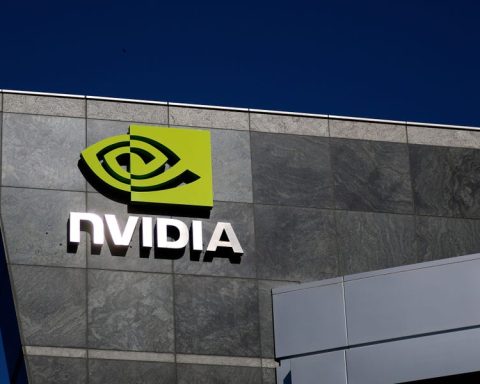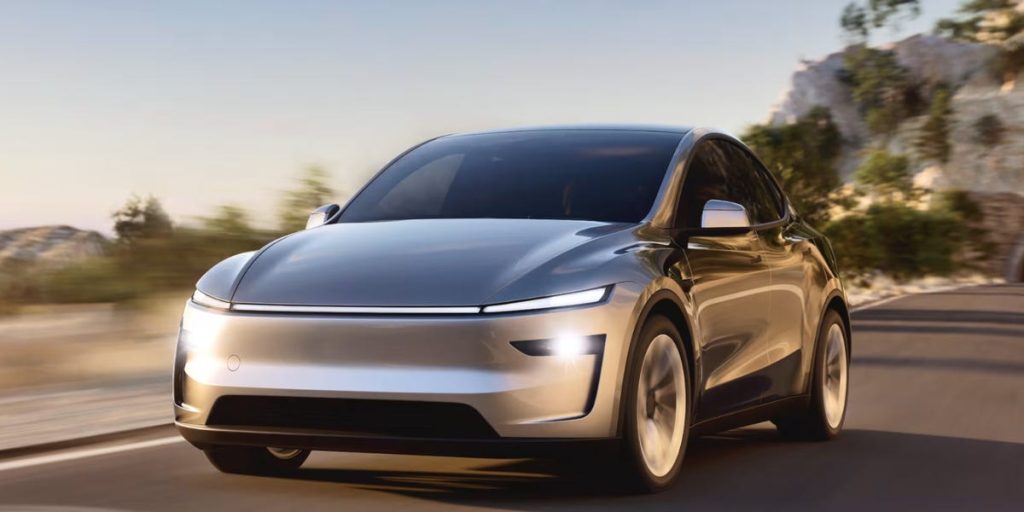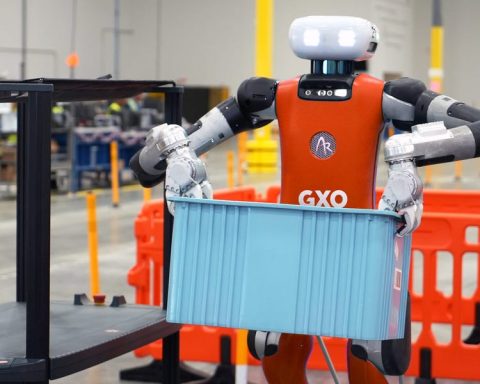Graphitic Energy is launching a pilot plant in San Antonio, Texas, designed to produce clean hydrogen and graphite. This initiative comes amid a growing interest in clean hydrogen as a viable energy source, particularly following federal support under President Joe Biden’s administration, which has allocated significant funding to promote the production of hydrogen through renewable methods.
Despite the potential risks from shifts in policy under the Trump Administration, Graphitic Energy, a startup based in Santa Barbara, California, claims it has developed an efficient and clean method for hydrogen generation that also creates valuable graphite as a byproduct—without relying on federal funding. The company has secured $65 million in investments from notable backers, including Bill Gates’s Breakthrough Energy Ventures and Trafigura.
Utilizing a novel process, Graphitic extracts hydrogen and carbon molecules from natural gas, requiring minimal electricity while avoiding the emission of carbon dioxide typical of conventional hydrogen production methods. Instead of releasing this gas into the atmosphere or sequestering it underground, Graphitic transforms it into graphite, which currently commands a market price exceeding $2,500 per metric ton, predominantly produced in China.
The pilot plant at the Southwest Research Institute in San Antonio is set to begin operations this week, with an expected output of 400 kilograms of hydrogen and 1,000 kilograms of synthetic graphite per day. Remarkably, this facility has been built without government support, and Graphitic estimates that its hydrogen production process could reduce CO2 emissions by 90% compared to traditional methods. If successful, the company aims to establish its first large-scale facility by 2027.
While hydrogen serves as the most abundant element in the universe, developing affordable and sustainable production methods remains challenging. Hydrogen has considerable promise as a carbon-free energy source for sectors like steel and chemical production; however, most current production methods involve high-temperature steam reforming of natural gas, which generates substantial CO2 emissions. Graphitic’s process improves efficiency by recycling some of the hydrogen used in the production process, allowing it to operate even in areas where access to renewable electricity is limited.
The synthetic graphite produced isn’t suitable for high-demand applications like lithium-ion batteries but finds use in industrial lubricants. Hydrogen also has potential as a fuel for heavy-duty vehicles, though the majority of the 10 million metric tons used annually in the U.S. is currently utilized for oil refining and ammonia production.
Graphitic is also pursuing a $53 million grant from the Energy Department as part of the Biden Administration’s Hydrogen Hub initiative, although its outcome remains uncertain. Nonetheless, CEO and cofounder Zach Jones believes the company’s capability to generate valuable graphite makes its process competitive against traditional “gray” hydrogen production methods.
Based on insights gained from the pilot facility, Graphitic plans to scale up its operations, targeting a future commercial plant capable of producing 10,000 metric tons of hydrogen annually, with an estimated construction cost of around $100 million.













